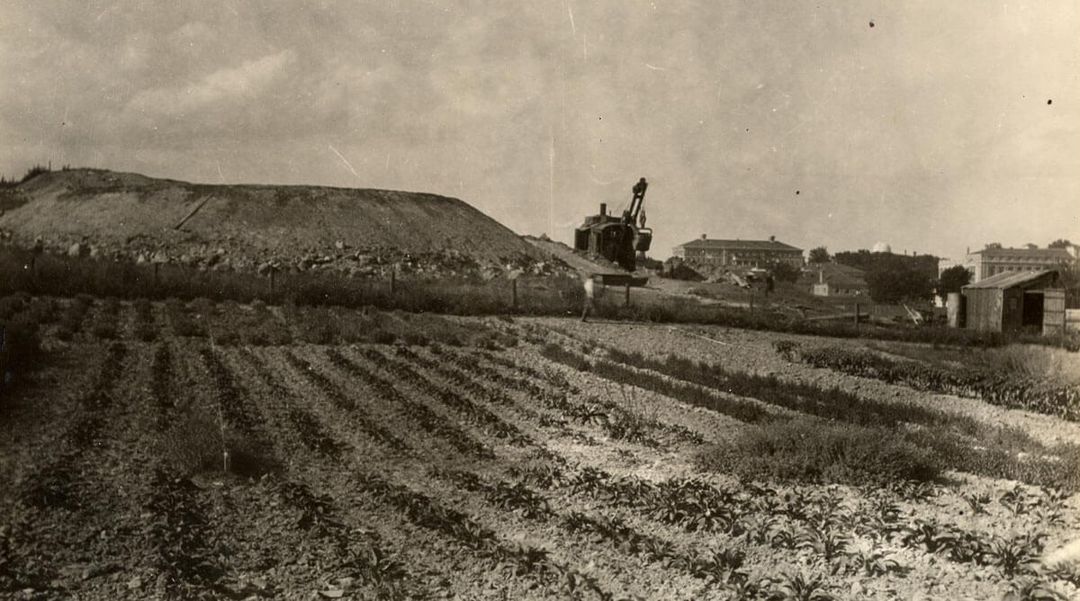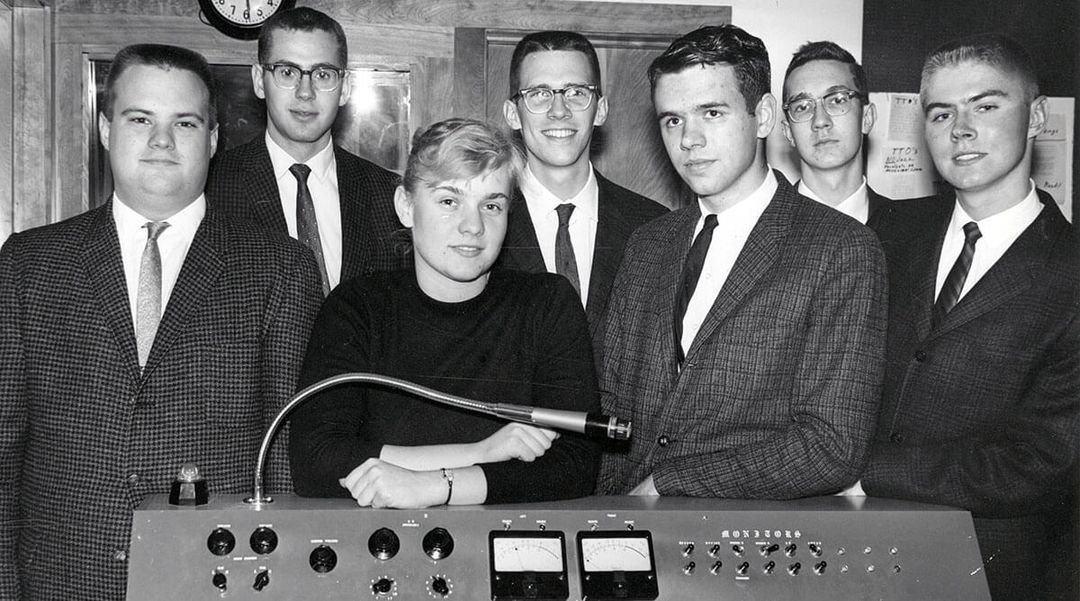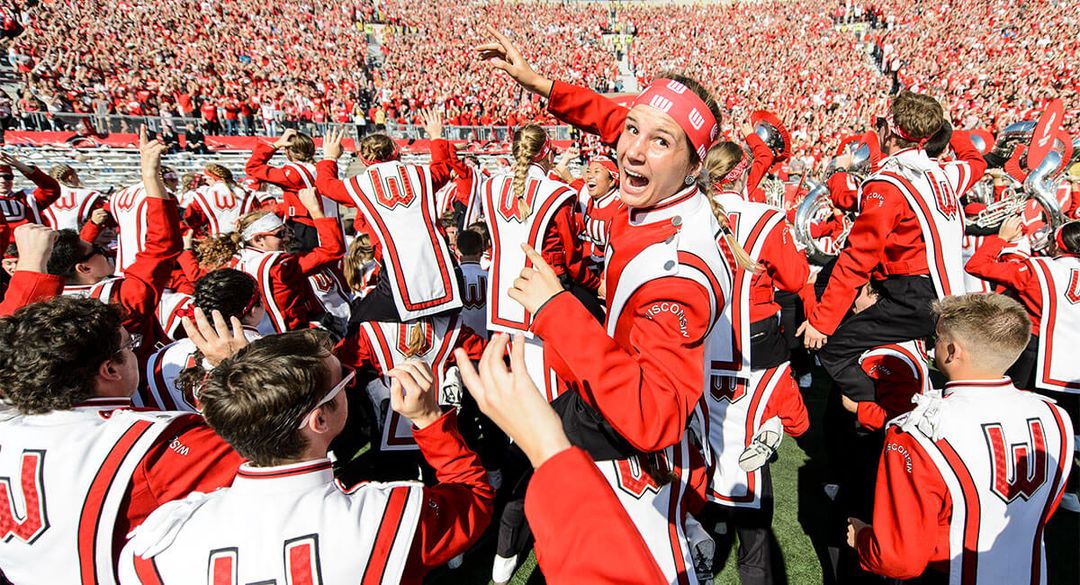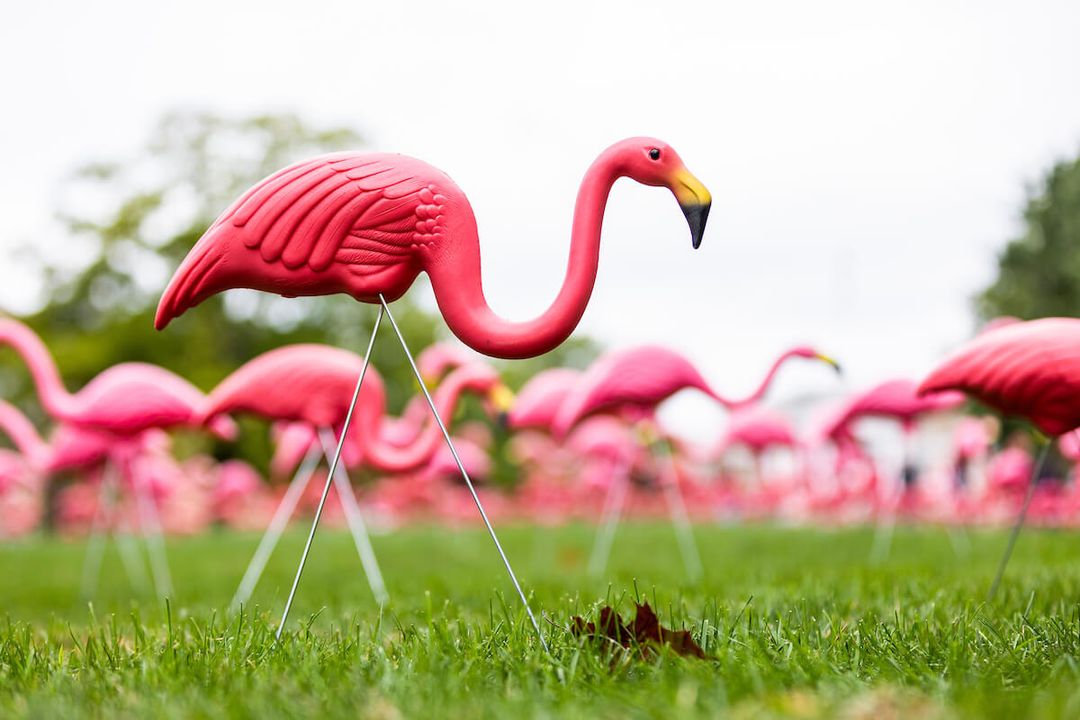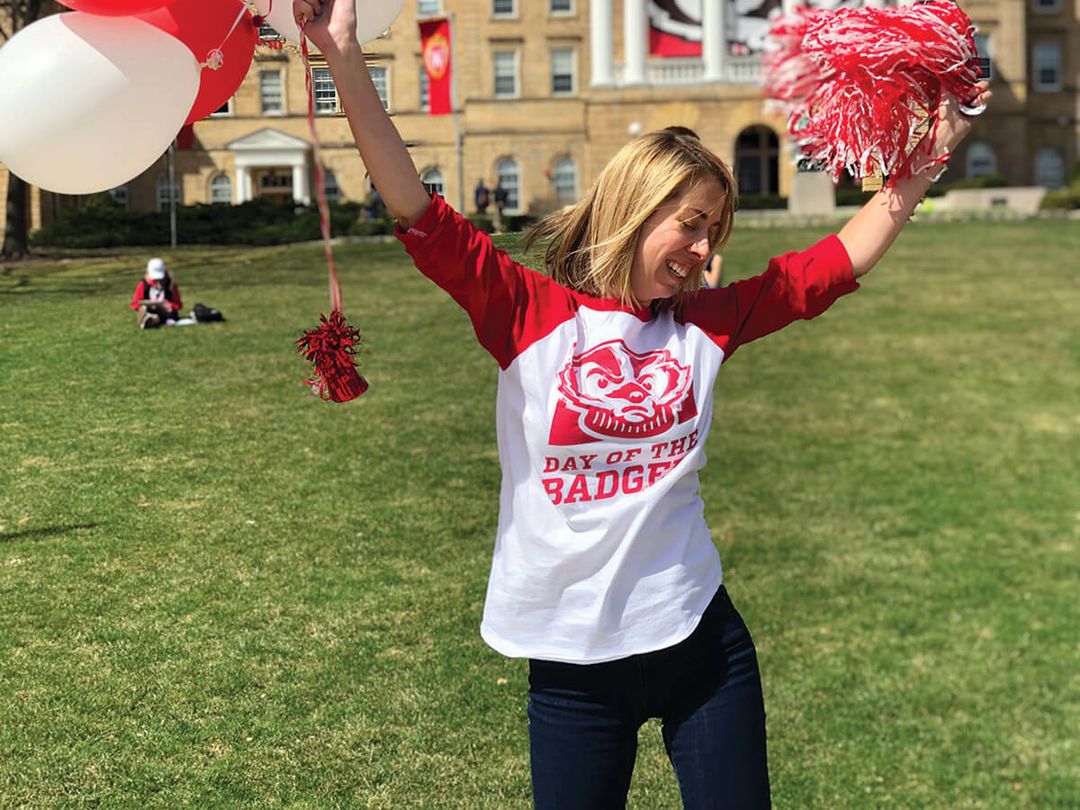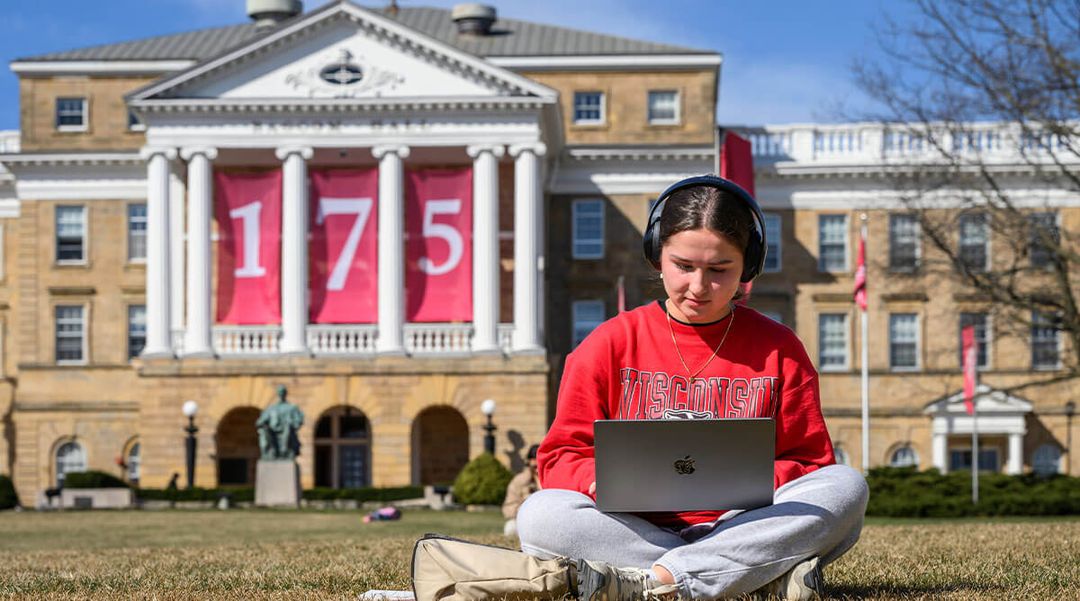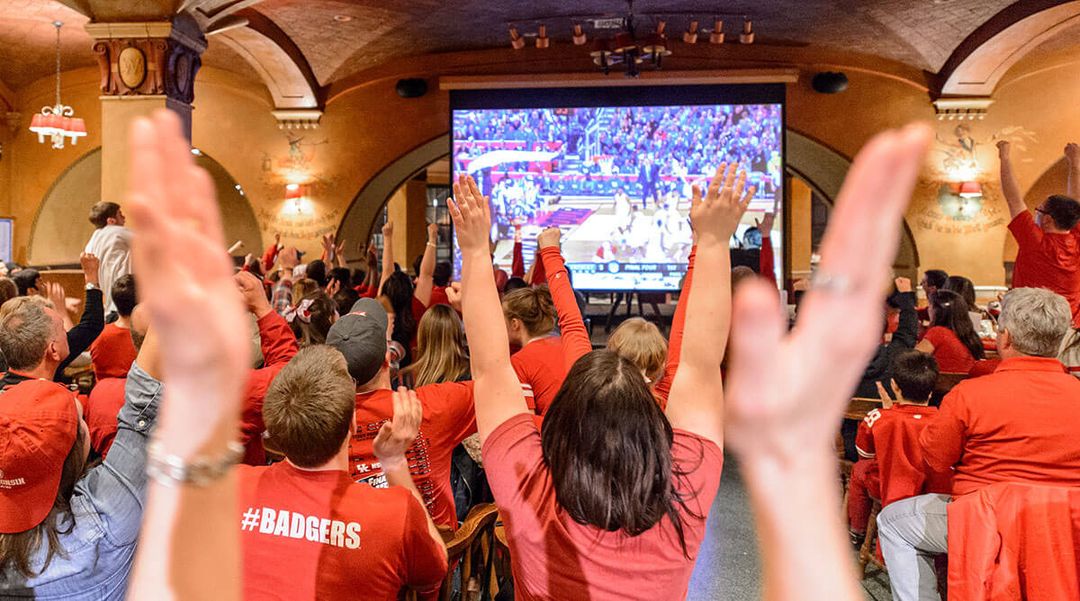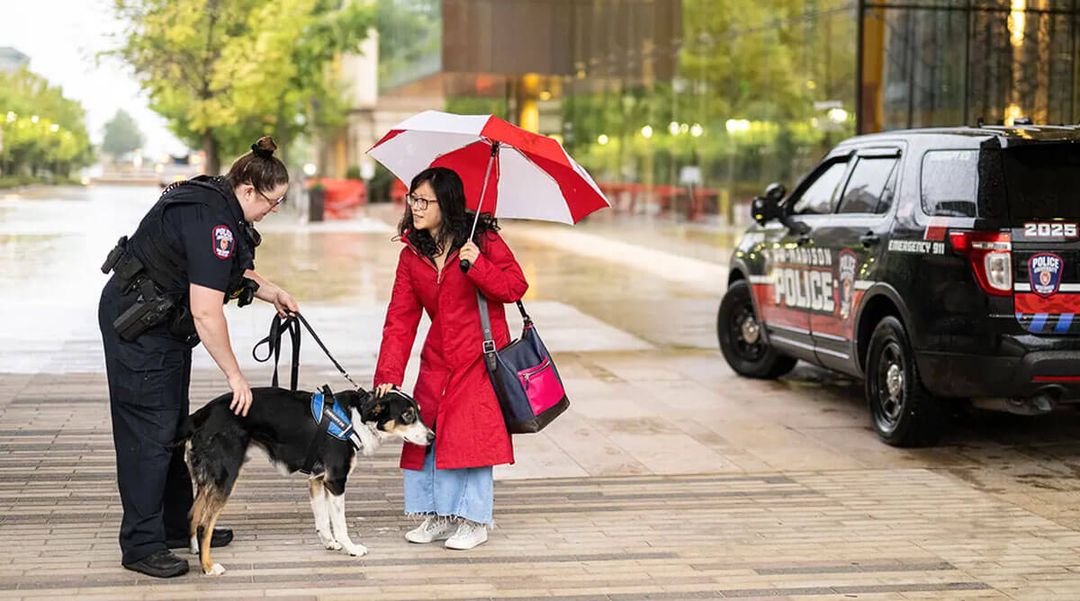Stanley Temple is the Beers-Bascom Professor Emeritus in Conservation in the Department of Forest and Wildlife Ecology. Following in the footsteps of the father of wildlife ecology, Aldo Leopold, Temple has spent decades teaching and researching ecology and conservation at UW–Madison and is currently a senior fellow with the Aldo Leopold Foundation. He often teaches about Leopold and conservation more broadly through his Badger Talks series to increase awareness and environmental outreach efforts in Wisconsin communities. Like Leopold, Temple often focuses on birds to mobilize and educate people about conservation. “A lot of people like birds. They’re very visible, they’re colorful, they’re delightful to listen to,” Temple says. Birds are both popular and useful. As Temple explains, there’s a reason for the saying “canary in a coal mine”: “One of the main values to us of paying attention to birds is not only the enjoyment that they give us but the fact that they can be important indicators about the health of the environment.” According to Temple, the things that can go wrong for birds, and ultimately humans, often result from human activity. So here are 10 easy things Temple suggests casual birdwatchers and ornithophiles do to help protect Wisconsin birds:
- Keep your domestic cats indoors.
Your cat may be a purring sweetheart to you, but she’s a predator to the birds just outside your window. Temple’s research estimates that ranging cats kill 2.4 billion birds throughout the United States each year. - Place birdfeeders and birdbaths far from windows.
Millions of birds die from flying into home windows every year. You can help keep this number down by placing feeders and baths farther away from your house so the birds have more open area to fly into when they get spooked. Or, look into bird-safe window treatments to deter them. - Reduce nighttime lighting, especially on tall buildings.
Artificial lights, particularly on skyscrapers, can disorient migrating birds. Birds can be so thrown off in their navigation that they may collide with buildings or windows, or they may become too exhausted to fly properly. Check out Audubon’s Lights Out program for helpful suggestions. - Encourage responsible utility and communication installations.
Birds also often collide with transmission lines and communication towers. Encourage companies to take bird migration patterns into consideration when installing new lines and towers. - Be careful about what you’re putting on your lawn.
As Rachel Carson emphasized in Silent Spring, pesticides have a huge impact on wildlife populations, including birds. - Clean birdfeeders and birdbaths seasonally at a minimum.
Temple produced pioneering work that suggested birdfeeders were more benign than beneficial to birds. Keep your birdfeeders and baths clean so they don’t become outright malevolent. The Madison Audobon Society recommends cleaning feeders and baths with a 10% bleach solution, or taking feeders down entirely when there’s an outbreak of disease among birds. - Use landscaping and gardening at home to provide healthy habitats for your neighborhood birds.
Instead of birdfeeders, you can plant things in your garden to provide a natural habitat for area birds. Here’s a handy guide from the UW–Division of Extension to plan your bird-friendly yard. - Support nature preservation efforts.
One of the biggest threats to birds is loss of natural habitat. Agricultural development, for example, threatens the populations of grassland birds, such as prairie chickens and sharp-tailed grouse. Wisconsin has a number of nature preserves you can visit and support. - Join a bird conservation organization.
Check out the Wisconsin Society for Ornithology for a map of all the nature centers and bird clubs across the state that could use your support. Or here’s a map of nationwide Audubon chapters and locations. - Become a birder.
The Cornell Lab of Ornithology has numerous programs that rely on casual citizen scientists and birdwatchers. Through apps like eBird, novice birders contribute valuable data points to help researchers track migration patterns and populations.

